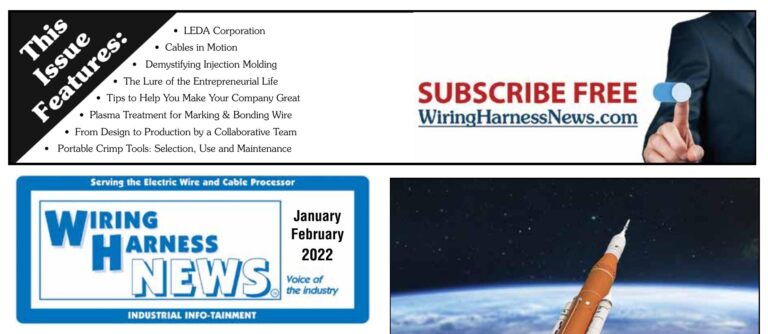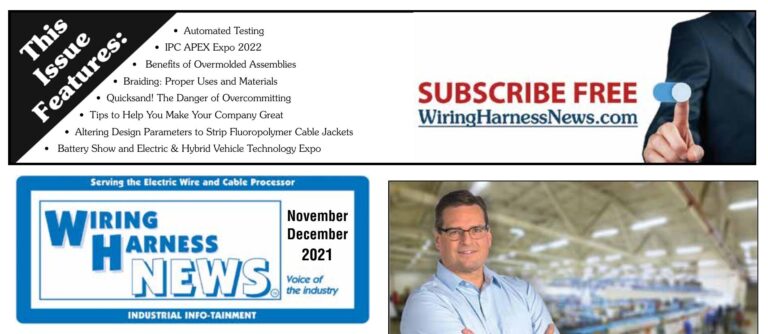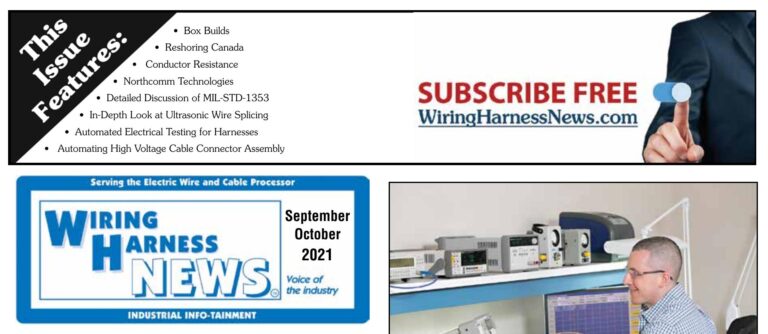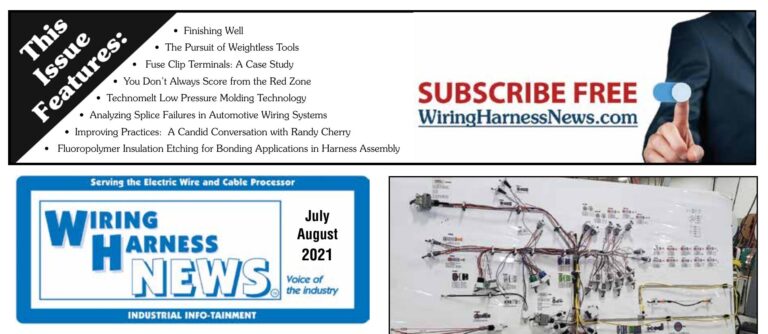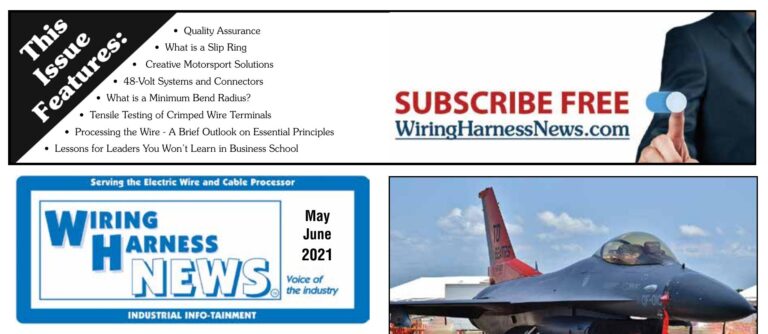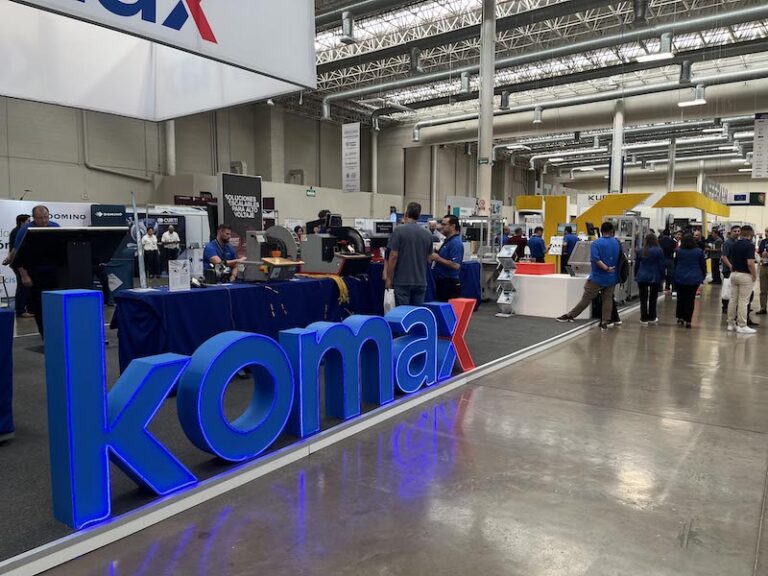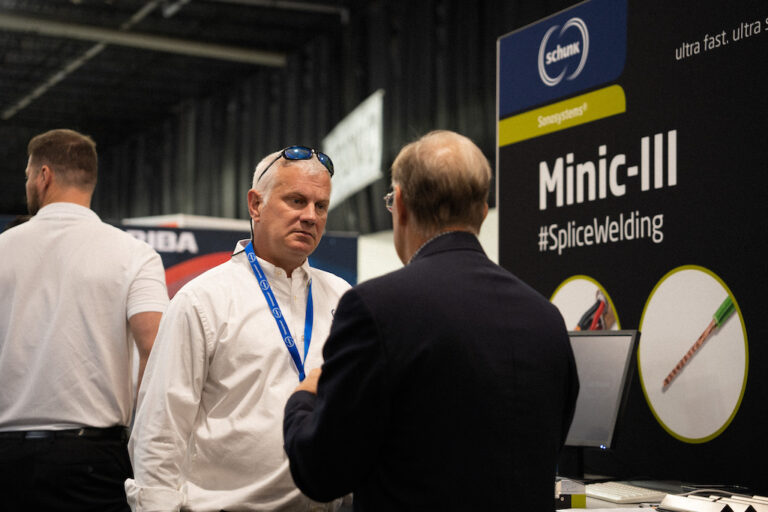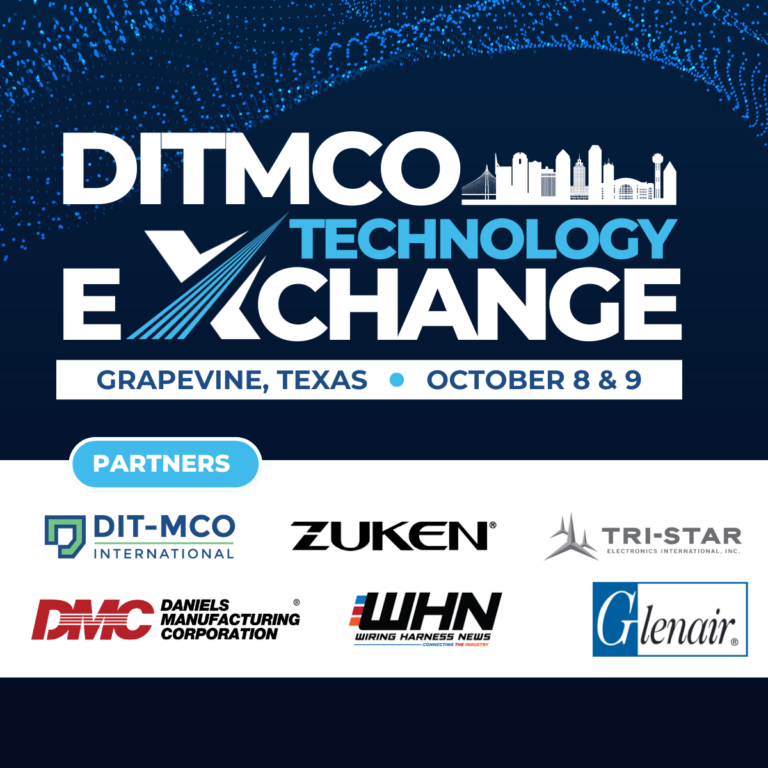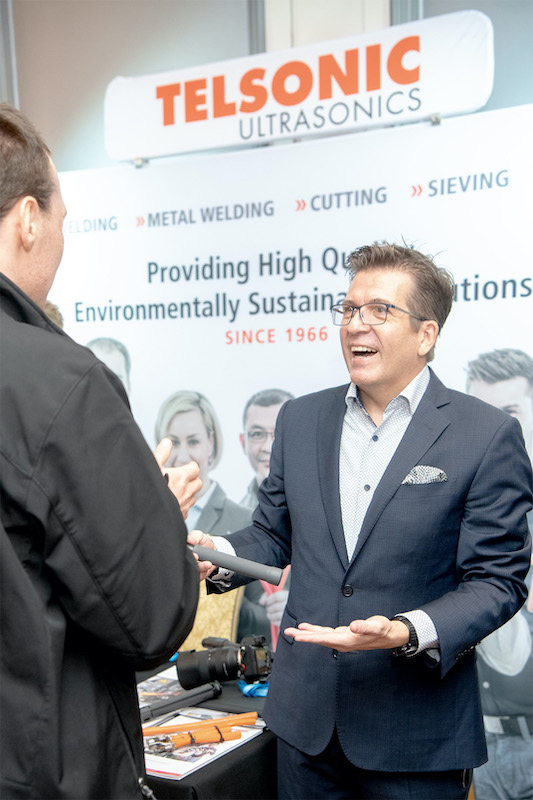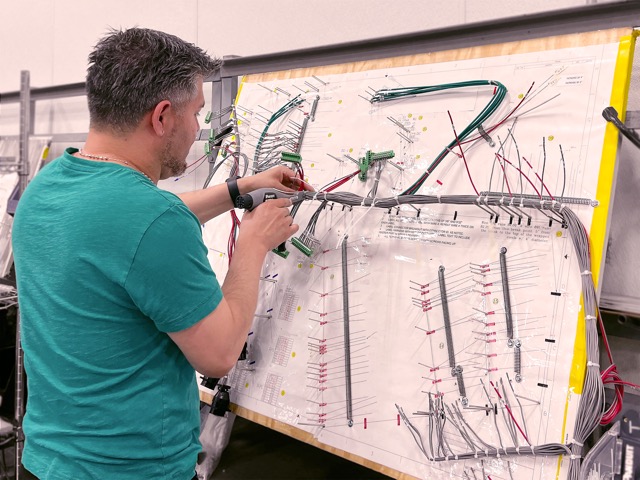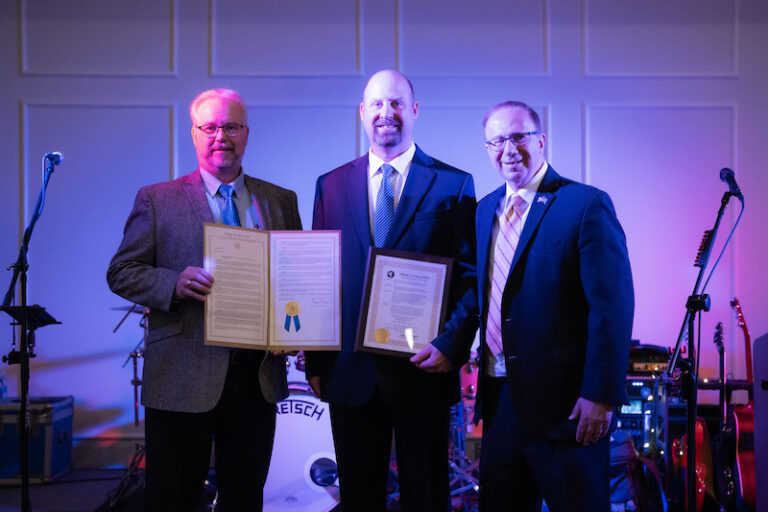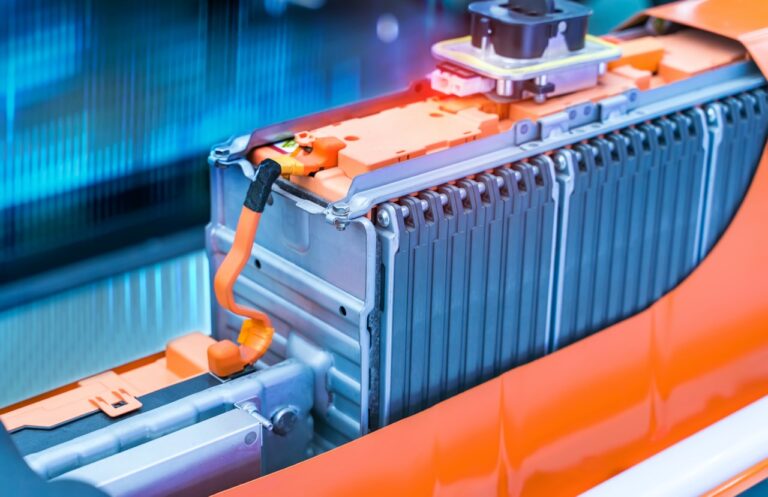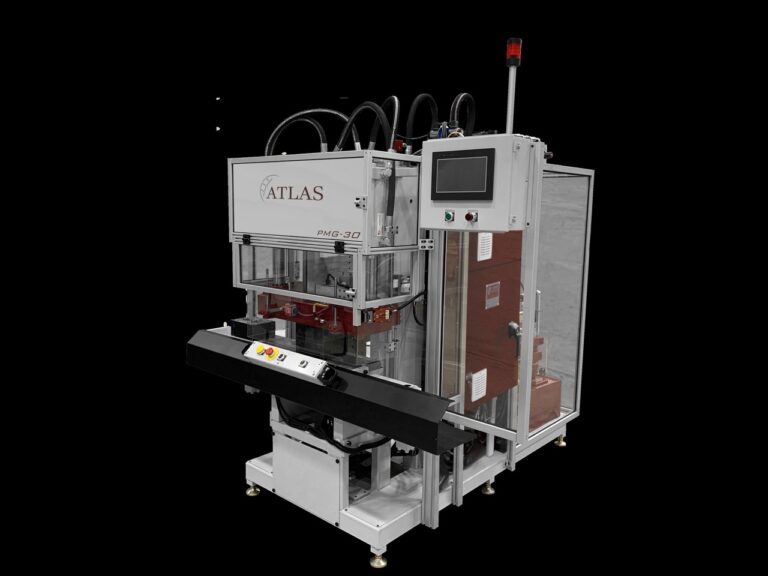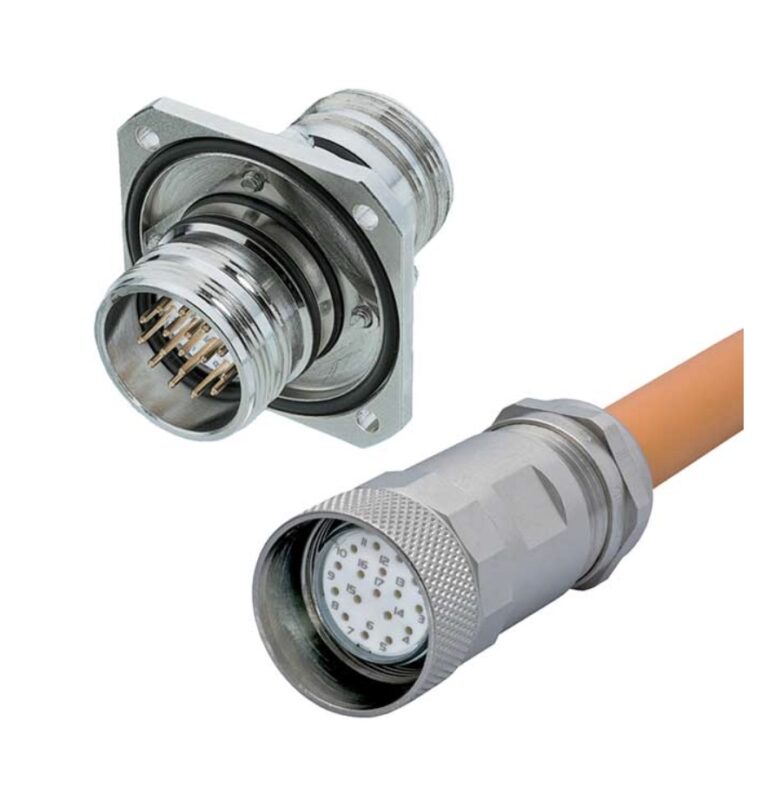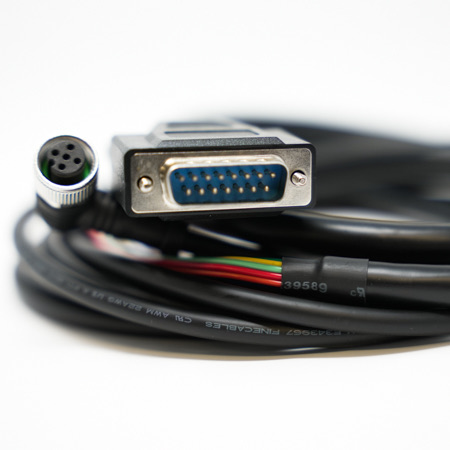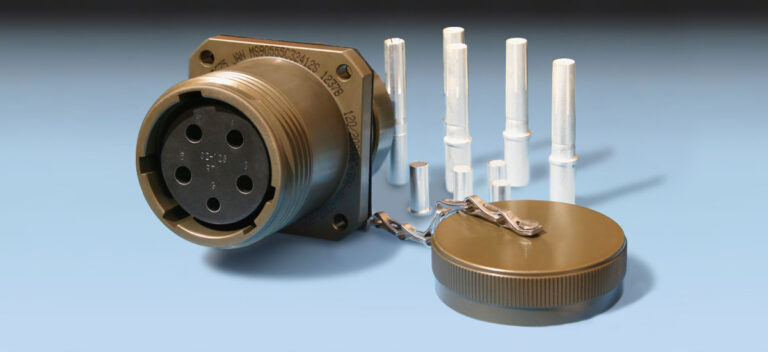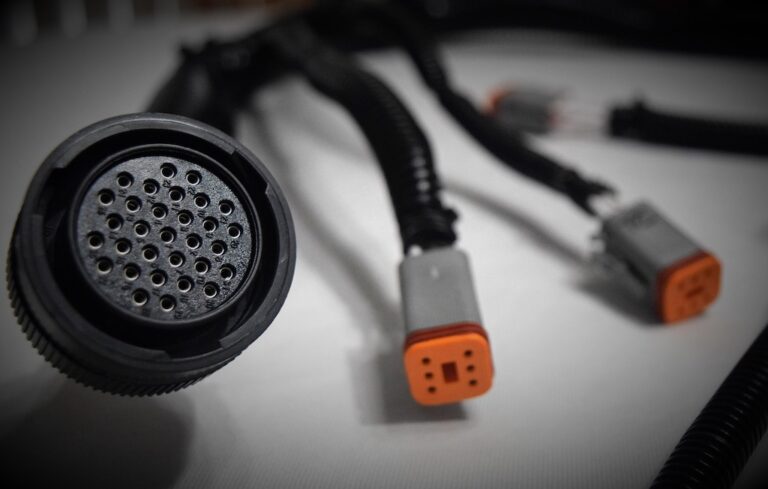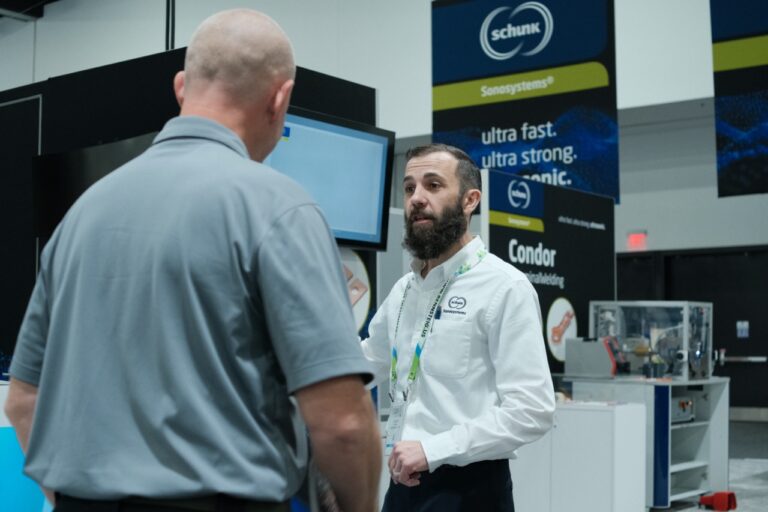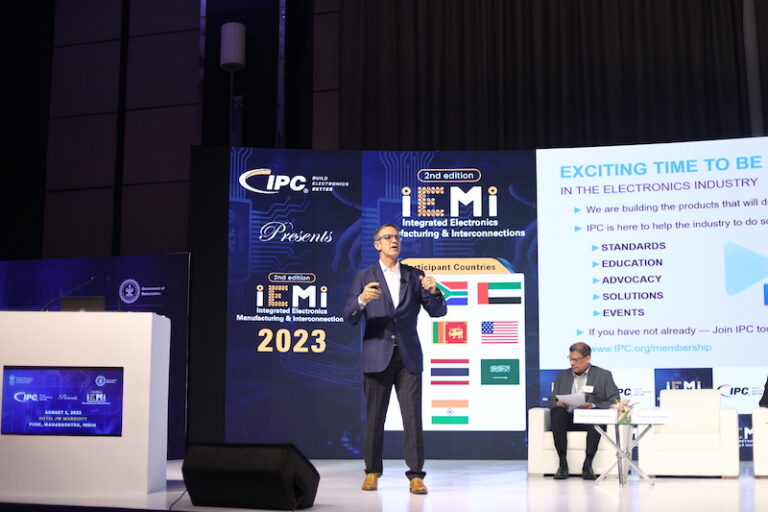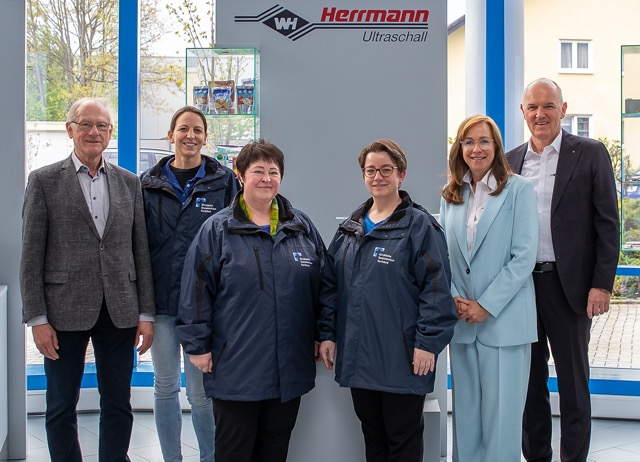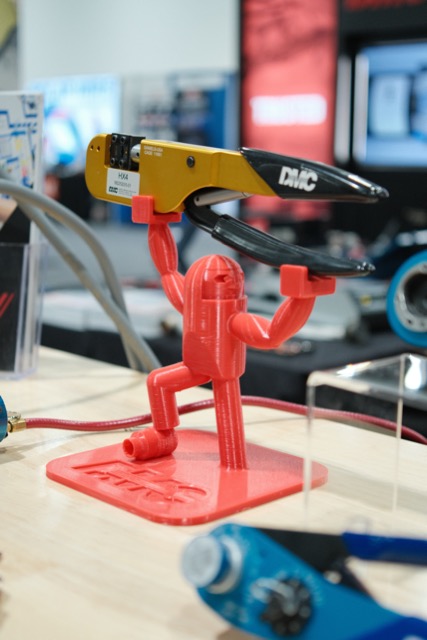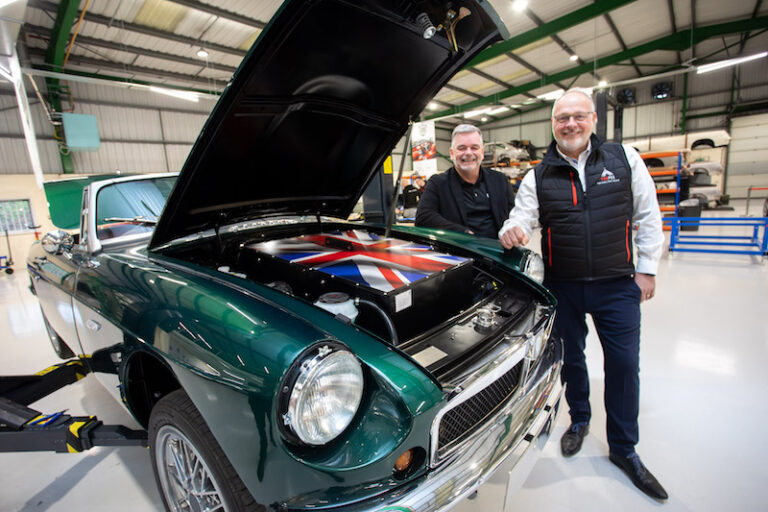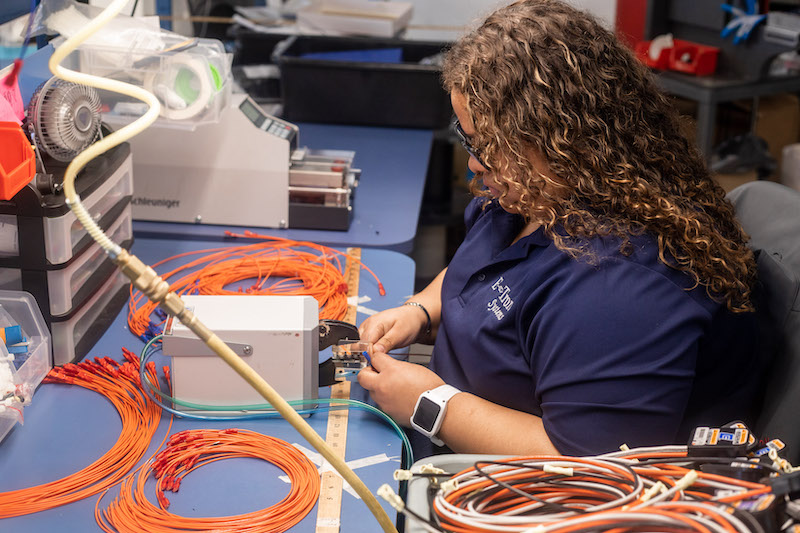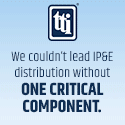We ran into George Jacobs, Executive Director of E-Tron Systems, Inc. at the WHMA Conference this past February. He discussed his company briefly as a manufacturer of complex electrical assemblies and mentioned some rather impressive customers. It wasn’t until I took a deeper dive on the company’s website that I learned that E-Tron is a very special company with a very special connection to their employees. George was kind enough to take some time from his busy schedule to talk about how (and why) the company started, along with their roadmap for success.
E-Tron Systems started as a small electronic assembly company with a mission to create a normalized working environment for individuals with intellectual disabilities. E-Tron calls these folks supported employees. “It started as a joint partnership with the Fairfax County Community Services Board and over the course of many years we have been outstanding servers to our supported employees,” George detailed.
Of the 38 staff members at E-Tron, 15 are part of the program. “Most of the supported employees work from 8 AM to about noon, so it’s more or less part time, but we make it a really awesome experience for them.” George mentioned these folks would otherwise be sitting in a group home and that their meaningful employment is extremely helpful to them developmentally. “We have a couple supported employees who came to us out of high school and have been with us 22 years building cable assemblies continuously.”
E-Tron has expanded well beyond this mission through the years, becoming a well-respected supplier of complex assemblies. They started with single terminations like grounding wires and also did many simple kitting jobs. When George joined the firm in 2007 the company began to expand into more complex harnesses and assemblies. “I started as a production manager, then became the engineering manager. Two years ago, the director retired, and I was elevated by the board as the director of this corporation. I am a mechanical engineer by profession, and I have a graduate degree in supply chain and materials management. So, for the past 16 years we have focused enormously on enhancing the technical capabilities of the company.”
George went on to describe the division of labor when a project comes on board. “Once we get an order, we divide the work to identify the processes that are easy for the supported employees to do, and some of them actually do very complex tasks like putting battery holders onto PC boards. We also have trade support staff, and their mission is to work with the supported employees to train them on jobs, and then work with the Community Services Board to look at their progress and make sure they have everything they need,” George described.
The remainder of the staff perform some of the more demanding tasks. It’s a great balance that provides their customers with quality products, delivered on time. Other than a brief mention on their website, E-Tron really doesn’t talk much about the social side of their business model because they know their customers rely on them to perform, just like any other supplier. “They know our mission and for them it’s just an added benefit.”
Marketing has been fairly straightforward at E-Tron. “We relaunched the website a couple years ago. We don’t pay extra to rate higher in Google searches, but by virtue of being https and mobile friendly we get plenty of business from the internet,” George explained. Even though they have customers from Maine to Florida, their geographic location is a big plus. The Lorton VA location puts many defense contractors in their back yard, and they have been some of their most loyal customers.
Probably the best marketing E-Tron has done is to cultivate the reputation of being a problem solver to current and perspective customers. “I am blessed to have an amazing team of full-time employees who work with me. With a little bit of engineering skill I have applied to the business, we have really developed a rapport with the customers and we continue to get better, more complex products built,” George explained.
One of their large customers is a leader in HVAC systems for the marine industry and E-Tron originally built a few assemblies for them when they were located in Mechanicsville VA. They were subsequently acquired were by a much larger company and relocated to South Florida. But the new ownership group realized what an asset E-Tron was as a supplier and began to give them more complex assemblies requiring greater detail with more critical lead times.
Another major customer is a leader in ELISA based lab test equipment used for medical diagnostics. “They have been a customer for over 20 years and during COVID, their demand skyrocketed as every hospital and clinic wanted to have their machines to test for antibodies. We geared our production and worked really hard to make sure we met their huge production demand,” George recalled.
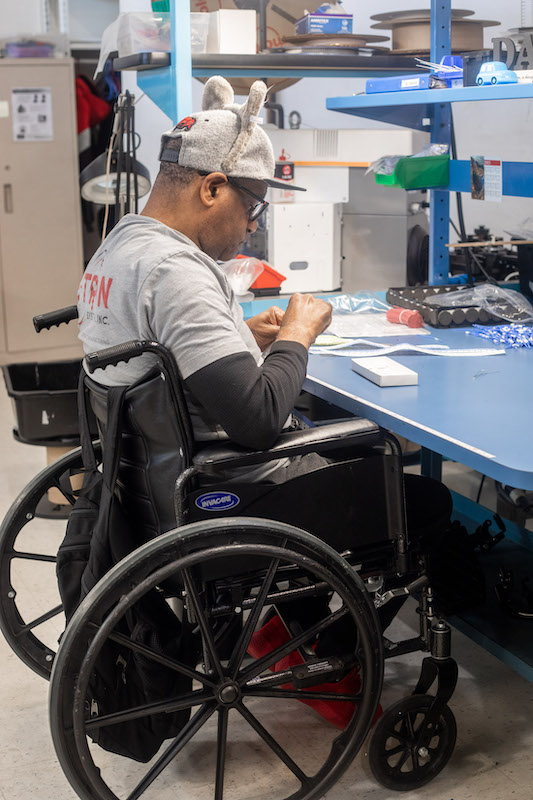
In some respects, George feels that, at least for E-Tron, the COVID experience elevated the status of the harness manufacturer. “Previous to that, the wire and cable harnesses were the last item on the purchasing agents list, and they think you can do it in two days. But today things have changed. With the shortage of parts, where even a simple step-down splice may not be available, I see purchasing folks giving us more time. I also see design engineers asking for more input up front, which is good.”
George is particularly proud of how they’ve been able to assist a major player in the paper mill industry in bringing a product idea to fruition. The company had a basic design for a predictive maintenance product but needed help with the manufacturability and packaging to make it viable. The mill rollers have an elastomer lining that needs to be replaced periodically, requiring unscheduled maintenance. “As a selling strategy, they have developed a smart technology which is basically an array of sensors on the rollers,” George described. With the smart system, the operator will know when the rollers will need to be replaced and can schedule the maintenance to avoid unexpected down time. “We work very closely with them on the remote assembly that measures the output from the sensors. E-Tron actually has a small facility in Gore VA to service this customer in nearby Winchester. From that facility, we stock and ship these electromechanical assemblies to paper mills all over the world.”
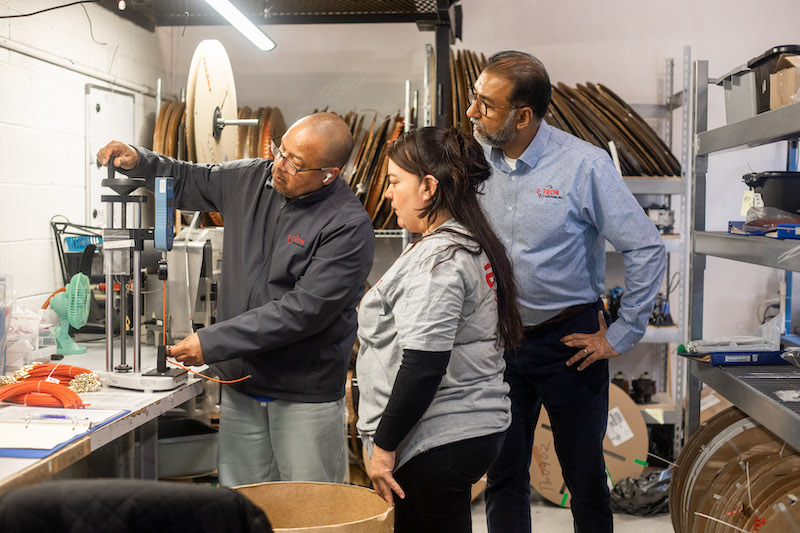
Readers will not be surprised that a big part of the companies engineering expertise is devoted to clearing up issues with customer drawings. “Sometimes, with all good intentions, a design engineer may design a great product, but we may know more about this narrow, limited topic of harness design,” George offered. “They may call out a 1.27mm pitch for a 1mm IDC and it’s just not going to work. So, we pay attention to the details on the quoting stage and work with their engineers.”
We discussed another Virginia company that makes surgical equipment. Due to the stringent FDA approvals the company goes through to qualify new surgical equipment, it’s prudent for E-Tron to ride along in the initial design phase. “For example, if their drawing calls out an Alpha Fit 221 heat shrink tubing, they won’t even let me use a 3M equivalent which we could source much more easily.” George is happy to hop in the car and drive to meet with the engineers to cut these supply and manufacturability issues off at the pass. By contrast, other customers may specify an insulated terminal and call out only a gage size and tab thickness without any other detail.
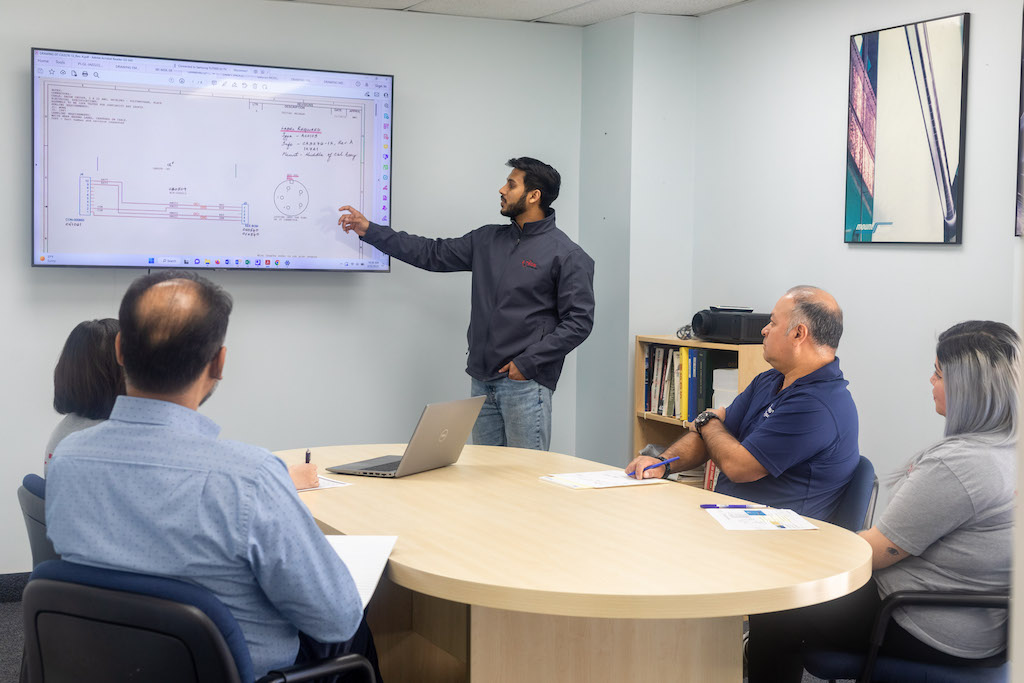
E-Tron relies heavily on the WHMA/IPC A-620 standard when working with customers in the quoting stage. They adhere strictly to the specifications unless otherwise specified. “We have one customer who is using 18-gauge wire, but he wants to use a pin suitable for 20-24 gage. We have told him that this pin is not suitable for that wire size, but he doesn’t want to reverse engineer what he is building, so we put an exception on the quote that we are building to the customer specification and not that of the A-620.”
For every drawing a customer gives them, E-Tron makes a very elaborate process sheet for the assemblers, splitting up the various processes into detailed work instructions and equipment settings. They use DBA, a job shop ERP system to help them maintain consistency throughout the manufacturing process. It compiles details on everything needed for each job, including internal part numbers for wires, terminals, and even the proper tools and locators. “It’s time consuming but all of these error proofing steps make sure there is consistency,” George assured.
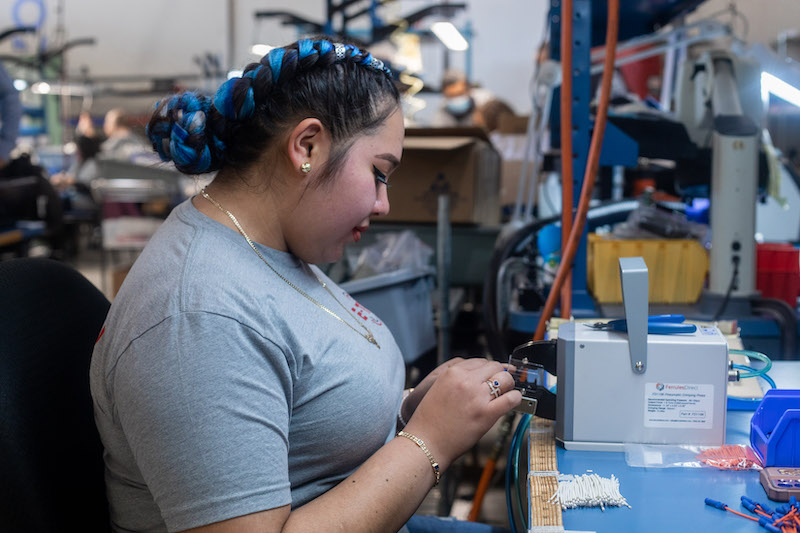
Supply chain issues have been top of mind at E-Tron just like other manufacturers. “Sometimes, we get inquiries where we are not able to help,” George lamented. A very large marine manufacturer approached them with a dilemma. “They had millions of dollars’ worth of yachts ready for sale except they didn’t have the harnesses. They were using a Deutsch connector for harsh environments that I just couldn’t source, and they could not accept a substitute because the harness was designed to mate with this connector. So sometimes, we just don’t get the business.”
By contrast, another marine customer came to them after their overseas producer of a high-volume harness was unable to get them any assemblies. “Their facility was about to shut down and their operations director came to me and asked for help. We augmented the production of harnesses to make sure their business did not come to a halt. We could have easily quoted eight to ten weeks as this was an assembly they were normally buying overseas. But we believed they were in a crisis and we were looking at the long-term relationship. I’m pretty sure everyone in that plant knows who E-Tron is.”
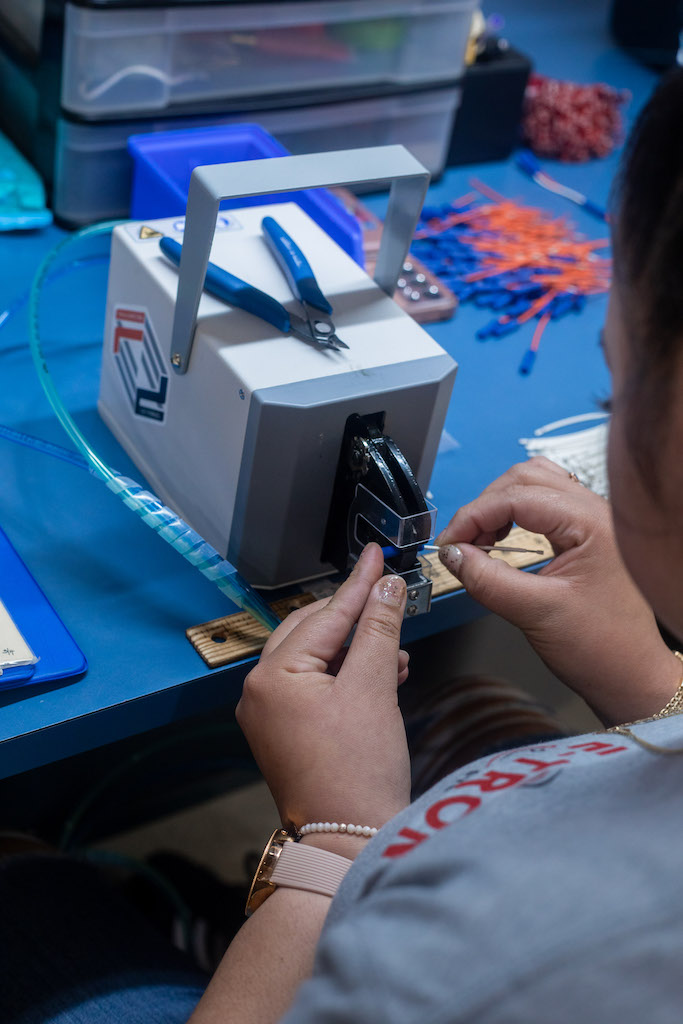
We pivoted to plant automation and E-Tron relies heavily on their Schleuniger high-speed cutting machines. They have a lot of TE crimp presses and a plethora of applicators. “Where there is reasonable volume, say 2K to 3K crimps, we always prefer to use the applicators. If we are sure that we will be building the project for a long time, we will buy the applicators. If we are not sure, or if we know it’s a short-term project, we will lease the applicators from JST or TE.
As we ended our conversation, George once again reflected on what really makes E-Tron special, and that is the supported employees. “This job has all the challenges that you can imagine of a regular contract manufacturer. Being the director of a small company, I wear a lot of hats — engineering, purchasing, sales, accounting, finance, cash flow. But at the end of the day, I leave for home feeling gratified that I have touched the lives of the 15 supported employees who would otherwise be confined to a group home. When I see their mental faculty go up and watch the way they interact with the regular employees, it makes it all worthwhile.”
Feature Image: Claudia, a second generation E-Tron employee, working on Cope- land plug assemblies.

















